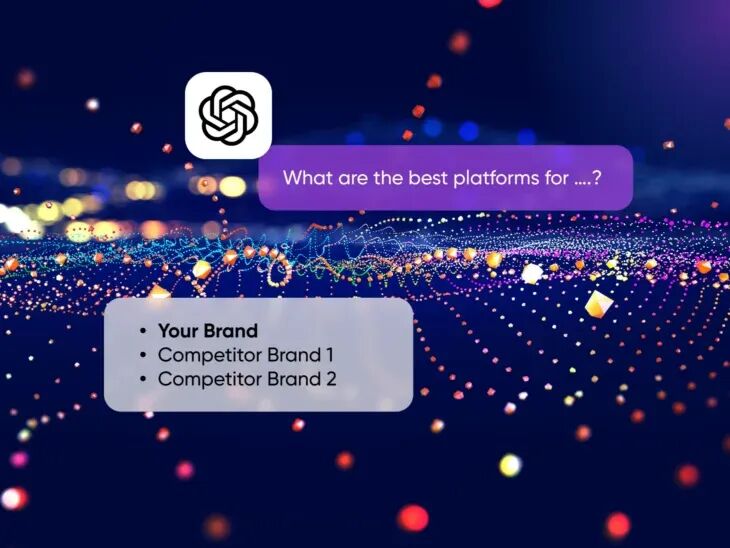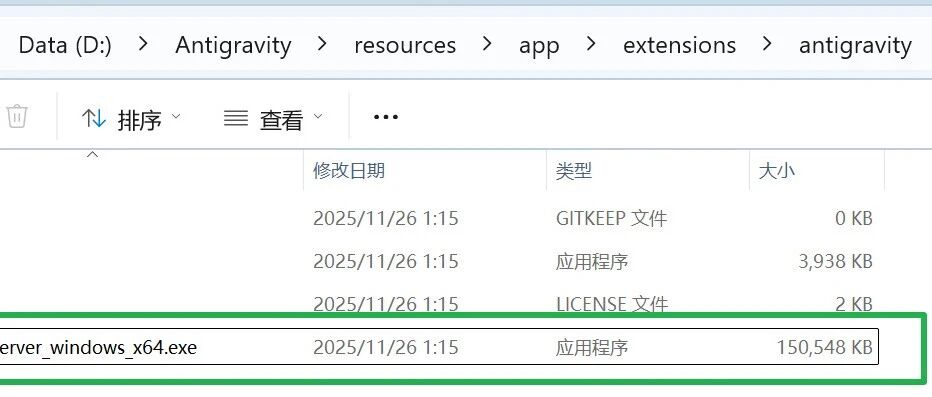Educational Video Localization Best Practices
The following methods can be taken to optimize the use of vdspeak for the specific needs of instructional videos:
Content preprocessing:
- Structured Splitting: Split long lessons into 8-12 minute segments by knowledge point
- visual aid: Ensure that slide/board content is synchronized with speech
- Multi-modal inputs: Provide text of course lectures (can be uploaded to YouTube description field)
Localization Strategies:
- Prioritize translation of subtitles over dubbing, preserving the original lecturer's voice (to enhance credibility)
- Keep the original sound for hands-on demos + add subtitles in the target language
- Adding on-screen annotations for specialized terminology (achieved through YouTube's annotation feature)
- Maintain a consistent visual design style when generating multi-language versions
Effect Enhancement Technique:
- Add a multilingual navigation menu at the beginning of the video (using YouTube's chapters feature)
- Accompanying generation of multilingual PDF handouts (combined with subtitle text processing)
- Setting the bilingual subtitle mode (for beginners)
- Adaptation of case/metaphor presentation for different regions
Case: After a programming tutorial was localized in English → Portuguese through this solution, the viewing time in Brazil increased by 62%.
This answer comes from the articlevdspeakThe
































